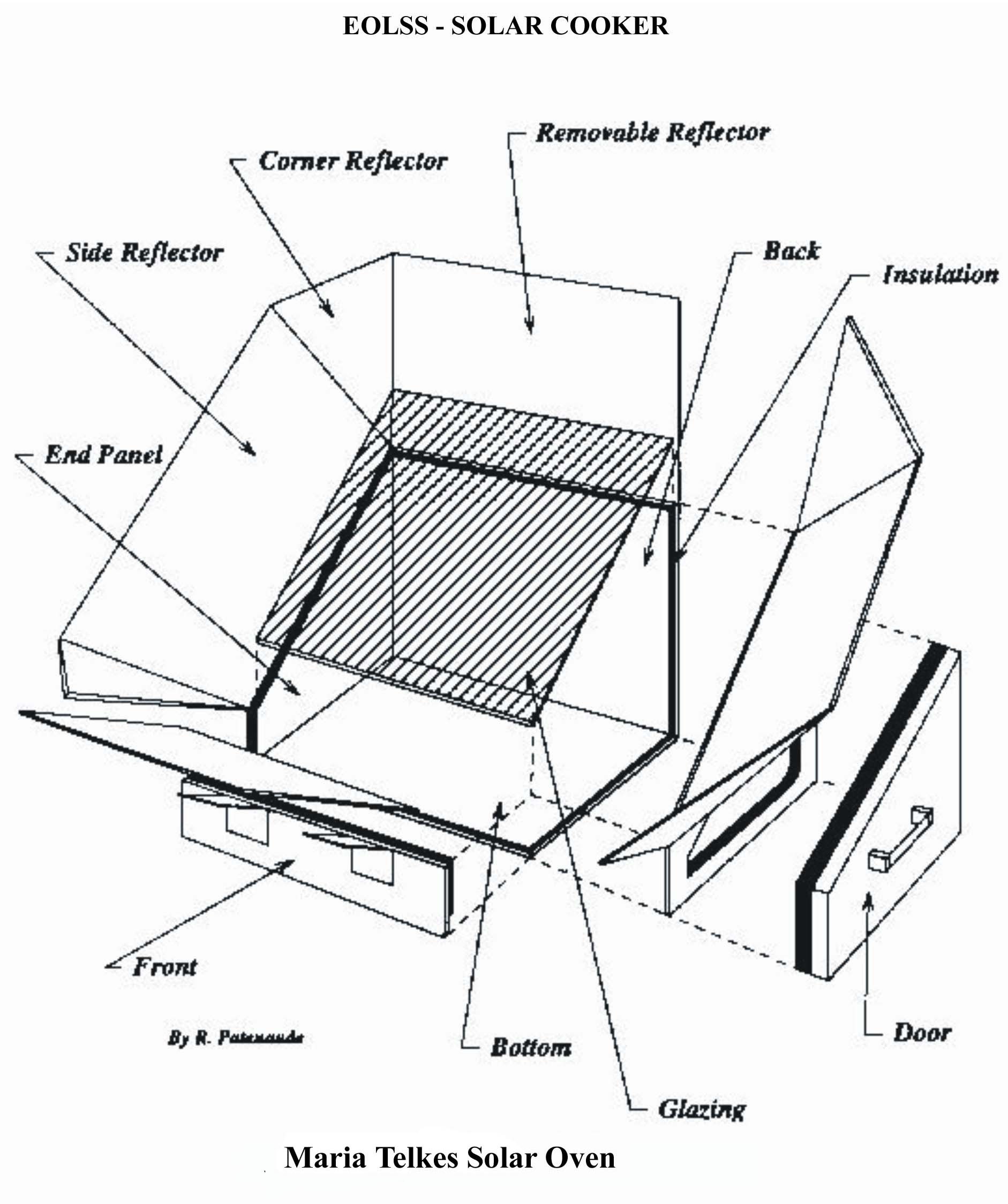
She entered the University of Budapest where she obtained a B.A. degree in physical science in 1920, and then a Ph.D. in 1924. A year later she was asked to be a biophysicist at the Cleveland Clinic Foundation investigating the energy associated with living things. She joined the Massachusetts Institute of Technology Solar Energy Program, where she continued to research thermoelectric devices with heat energy being supplied by the sun. In 1948, she came up with a design for a solar heated system made for an experiment on a house in Dover Massachusetts, and as a result, received a $45,000 grant from the Ford Foundation to work on developing a solar oven. During World War II, Telkes was contacted by the U.S. government's Office of Scientific Research and Development to develop a solar still that could convert seawater into fresh water. She managed this by creating a portable water evaporator. The portable still could provide up to one quart of fresh water a day. In 1952, Telkes won the first-ever Society of Women Engineers Achievement Award, then moved to the New York University College of Engineering the next year, where she founded a laboratory dedicated to solar energy research. Soon after that, she returned to industry, joining the Curtiss-Wright company as director of the company's solar energy laboratory. She was also responsible for a heating system in the first solar heated home, in Dover, Massachusetts.

Comments (0)
You don't have permission to comment on this page.